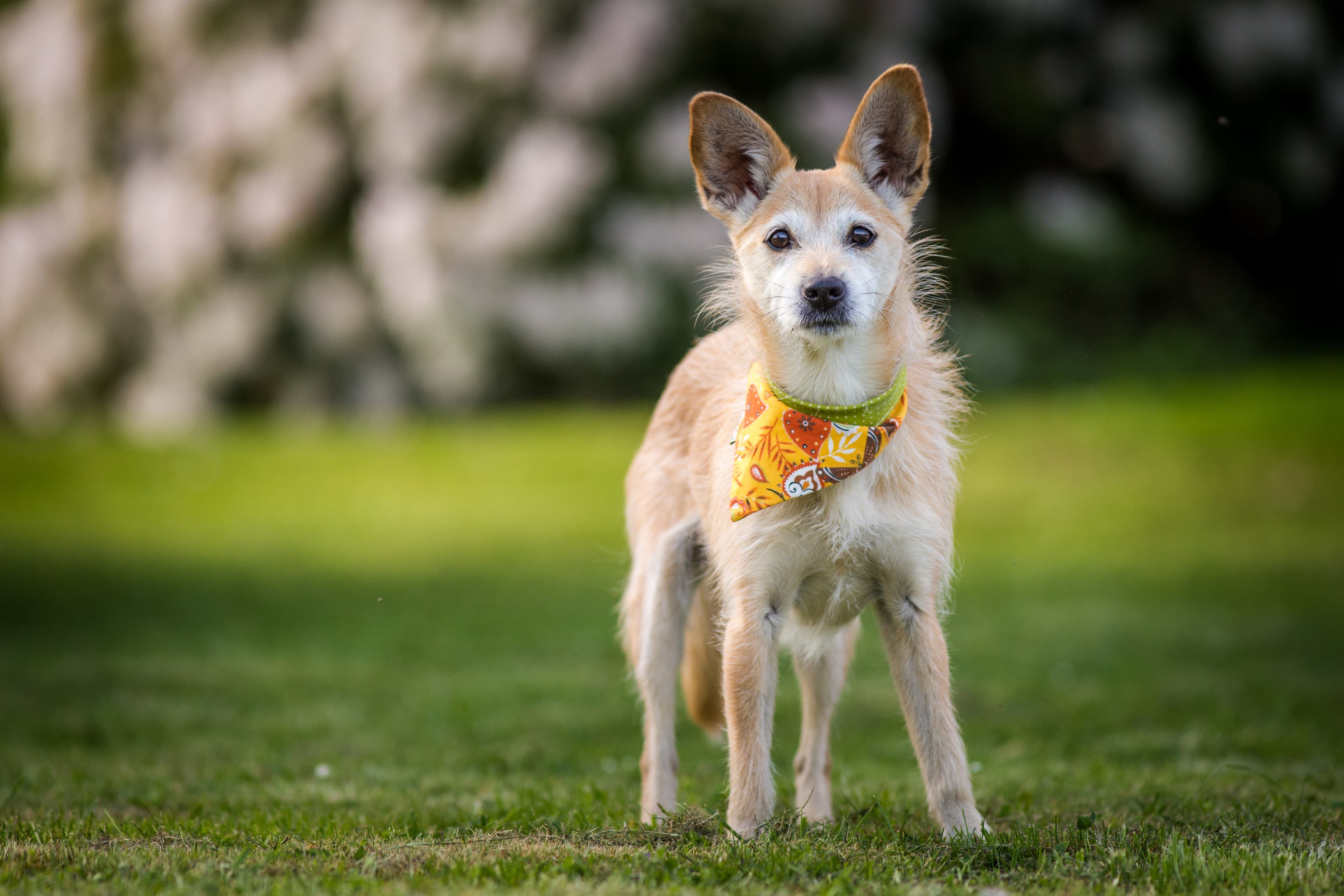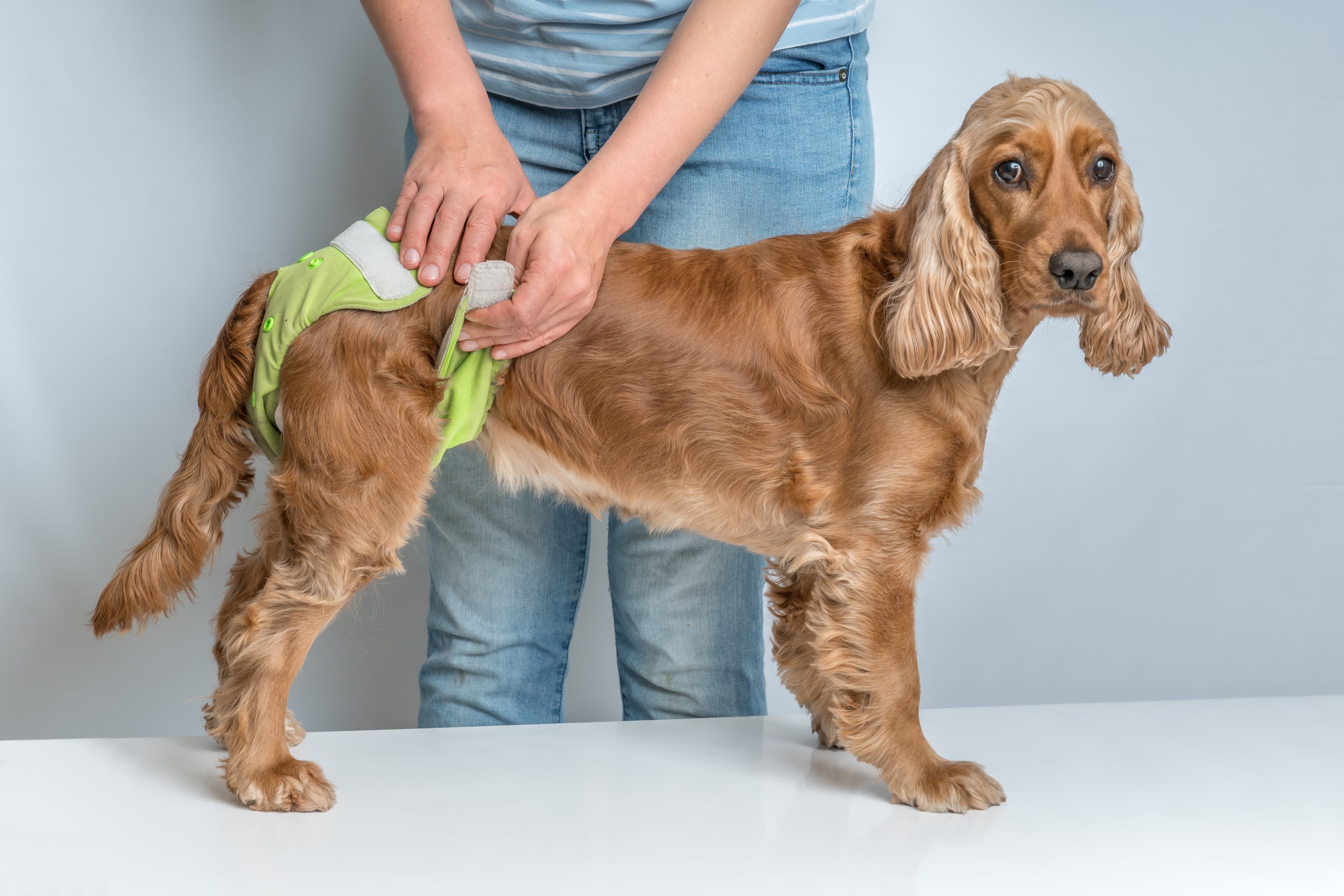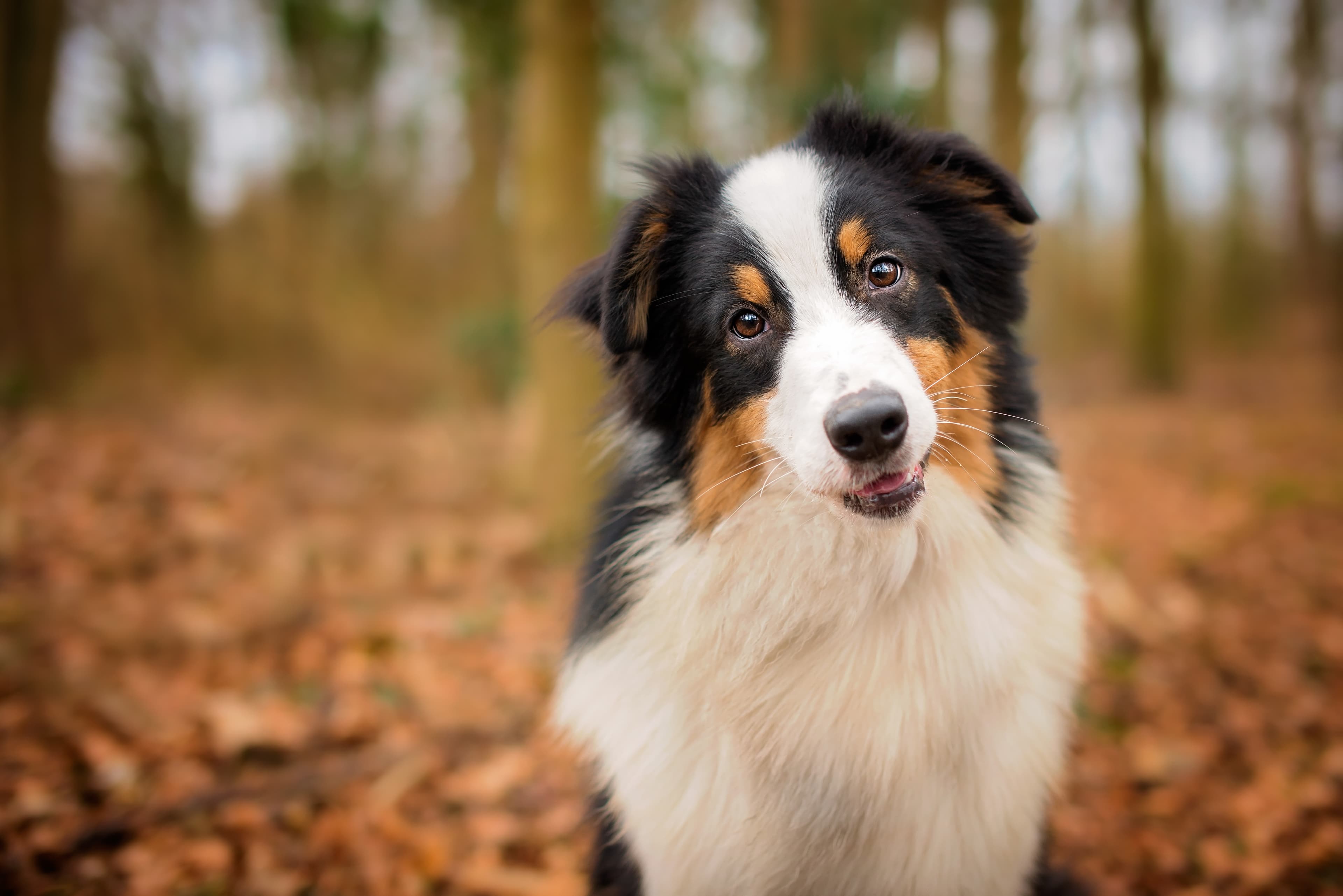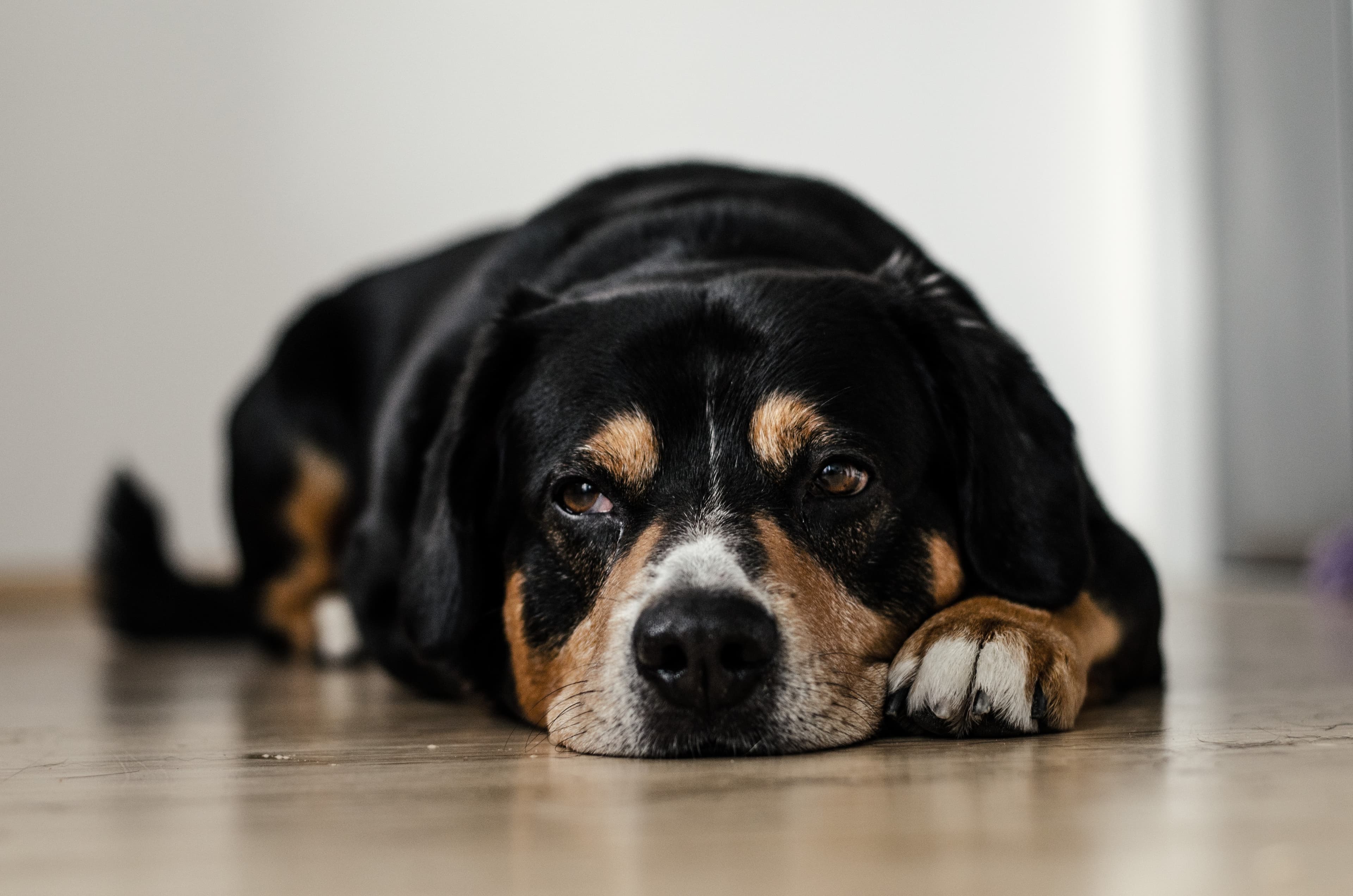Easter dangers for dogs
Many Easter treats, leftovers, flowers, and decorations can be dangerous for dogs. Here’s what you should pay attention to during Easter.
Easter Foods
Easter meals are often fatty and salty, meaning most foods on the Easter table are not good for dogs. Excessive fat can lead to pancreatitis, which can cause stomach pain and vomiting. Too much salt can even poison a dog. If your family visits during Easter, ask them to keep their food to themselves and not feed the dog, for example, under the table.
Many Easter dishes contain onions, which have allicin, a substance dangerous for dogs that can cause severe anemia. Symptoms include lethargy, vomiting, and seizures. Besides onions, fatty and salty foods, you should also ensure your dog doesn't get access to dough used for Easter bread. Fermenting dough can produce alcohol, intoxicating dogs and causing confusion. Typical symptoms include restlessness and instability. Ensure the dough is out of reach during baking.
Easter Treats
What would Easter be without chocolate eggs? These eggs contain everything from chocolate to nuts—a delicacy for humans but dangerous for our furry friends.
Chocolate: Chocolate contains theobromine, which is toxic to dogs. The darker the chocolate, the higher the theobromine content and the more dangerous it is for dogs.
Nuts: Nuts can become lodged in a dog's throat or gastrointestinal tract. Certain nuts, like bitter almonds and macadamia nuts, are toxic to many animals. Additionally, nuts are often salty, increasing the risk of salt poisoning. Peanuts can also trigger allergic reactions in dogs.
Xylitol: Dogs react very sensitively to sweets containing xylitol, a sweetener found in many chewing gums and diet products. Xylitol increases insulin release, causing a severe drop in blood sugar. Instead, give your dog a treat or chew snack specifically designed for pets.
Easter Decorations
Gift ribbons, Easter decorations, egg ornaments, and similar items can attract curious dogs to play with and ingest them. If your dog swallows ribbons or decorations, they can become lodged in the throat or intestines, causing severe injuries. Therefore, ensure your dog cannot access Easter decorations.
Easter Flowers
Both daffodils and tulips are toxic to dogs. Consider carefully where to place these plants indoors so pets cannot reach them. Easter flowers are often decorated with feathers and similar items, attracting curious dogs.
The bulb of the daffodil is particularly dangerous and can cause problems if consumed, though the rest of the plant can also poison dogs. Unfortunately, you cannot always see what your little friend puts in their mouth. It's important to monitor your pet’s well-being—not just during holidays. If your dog becomes lethargic, starts trembling, vomiting, or shows any change in overall condition, always seek veterinary attention.






